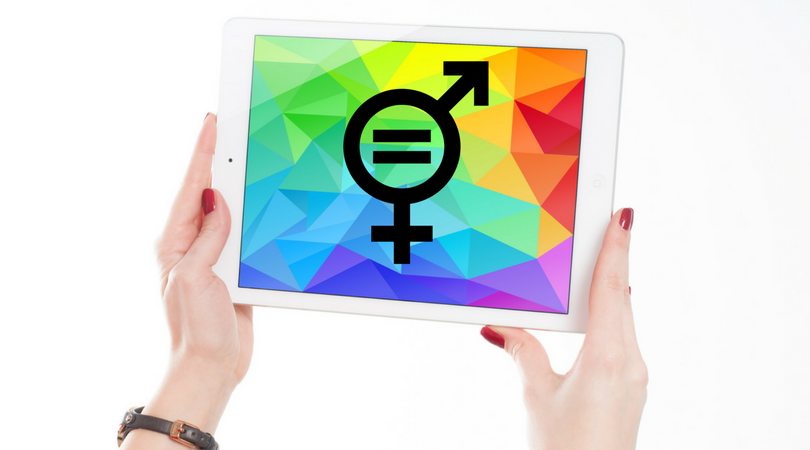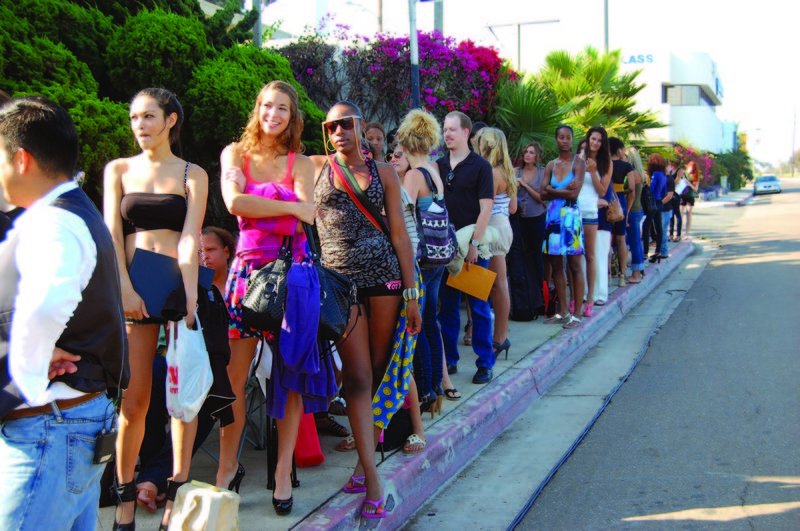Stopping Gender Stereotypes in Advertising
UK’s Advertising Standards Authority recently published Depictions, Perceptions and Harm report detailing how harmful stereotypes can limit the choices, aspirations and opportunities of children, youth and adults. This was followed by the organisation’s move to introduce tougher guidelines on gender stereotyping in advertising.
According to the research, “advertising can reinforce particular gender stereotypes which contribute to widespread assumptions and expectations about how people should look or behave according to their gender, and that these can become internalised.”
The research goes on to say that “advertising is one of many factors that contribute, to a greater or lesser extent, to unequal gender outcomes, alongside the role played by some parents, schools and employers, and aspects of particular cultures, communities and demographics.”
They identified the issues on gender stereotyping in the advertising industry today:
Gender roles and characteristics
This touches on the occupations, roles and positions that are typically associated to adults and children within the family or society. The research cites an example of women portrayed in domestic roles, of men as decision makers or breadwinners, and for children, girls playing with dolls while young boys play with construction toys.
With regards to characteristics, these are gender stereotypical attributes or behaviours associated to certain genders. Like women are depicted as passive while men are aggressive.
Mocking people who do not conform to gender stereotypes
These are for ads who “create humour by mocking people who do not conform to gender stereotypes.” This research cites a complaint about an ad wherein transgender people are considered to be offensive and negative.
According to the research, in our society in which heterosexuality is considered as a norm, people who do not conform to the stereotypes of sexual orientation are portrayed with negative images or degrading connotations.
Objectification and sexualisation
This relates to advertising that focuses on objectifying or sexualising an individual, whether they are portrayed in demeaning way, reduced to physical objects or overtly sexualised imagery.
Body image
The research cites complaints on ads that “promote unrealistic body image”, where for example being unhealthy thin is the ideal body image or is considered more desirable.
The Committee of Advertising Practice will bring new standards on advertising that feature stereotypical gender roles of characteristics into force in 2018. The advertising watchdog does not call for a ban on all forms of gender stereotypes, but details what type of adverts would constitute “crossing the line.”
Guy Parker, CEO of the ASA, said in a statement, “While advertising is only one of many factors that contribute to unequal gender outcomes, tougher advertising standards can play an important role in tackling inequalities and improving outcomes for individuals, the economy and society as a whole.”
With these new guidelines, UK aligns itself with other countries like Ireland, Norway, Spain, Finland, Germany, India, Italy, Canada and France who have already have in place regulations that will discourage gender stereotyping in advertising.
ASA’s new standards brings gender stereotyping on the forefront and challenges other countries like the USA to follow suit. The US, though through the Children’s Advertiser Review Unit have guidelines in place to ensure that “advertisers should avoid social stereotyping and appeals to prejudice,” it does not have similar guidelines in advertising for all ages.
Will this initiative of discouraging, if not stopping gender stereotyping in ads by more and more countries prompt advertisers in the US to self-regulate?
How do you think these new guidelines will affect voice over projects in advertising, not just in the UK but in other countries who already have guidelines in place?
Source:















